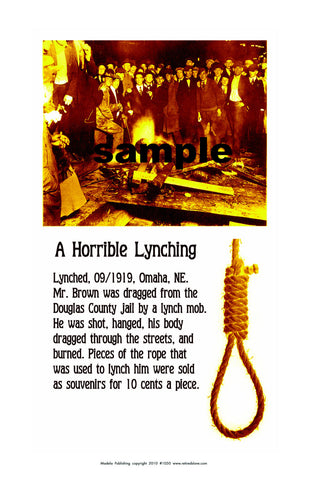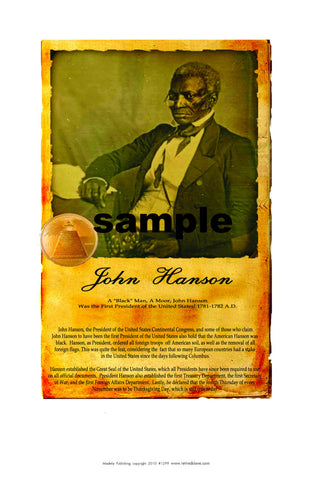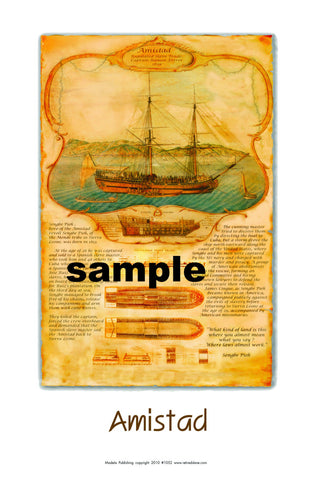FORTY ACRES AND A MULE #1170
$ 10.00
Caption from poster__
FORTY ACRES AND A MULE
40 acres and a mule is the colloquial term for compensation that was to be awarded to freed American slaves after the Civil War— 40 acres (16 ha) of land to farm, and a mule with which to drag a plow so the land could be cultivated. The award a land grant of a quarter of a quarter section (a common homestead size of the time) deeded to heads of households presumably formerly owned by land-holding whites was the product of Special Field Orders, No. 15, issued January 16, 1865 by Maj. Gen. William T. Sherman, which applied to black families who lived near the coasts of South Carolina, Georgia and Florida. Sherman's orders specifically allocated "the islands from Charleston, south, the abandoned rice fields along the rivers for thirty miles back from the sea, and the country bordering the St. Johns river, Florida." There was no mention of mules in Sherman's order, although the Army may have distributed them anyway. After the assassination of President Abraham Lincoln, his successor, Andrew Johnson, revoked Sherman's Orders. It is sometimes mistakenly claimed that Johnson also vetoed the enactment of the policy as a federal statute (introduced as U.S. Senate Bill 60). In fact, the Freedmen's Bureau Bill which he vetoed made no mention of grants of land or mules. (Another version of the Freedmen's bill, also without the land grants, was later passed after Johnson's second veto was overridden.) By June of 1865, around 40,000 freed slaves were settled on 400,000 acres (1,600 km²) in Georgia and South Carolina. Soon after, President Johnson reversed the order and returned the land to its white former owners. Because of this, the phrase has come to represent the failure of Reconstruction and the general public to assist African Americans in the path from slavery to freedom.




